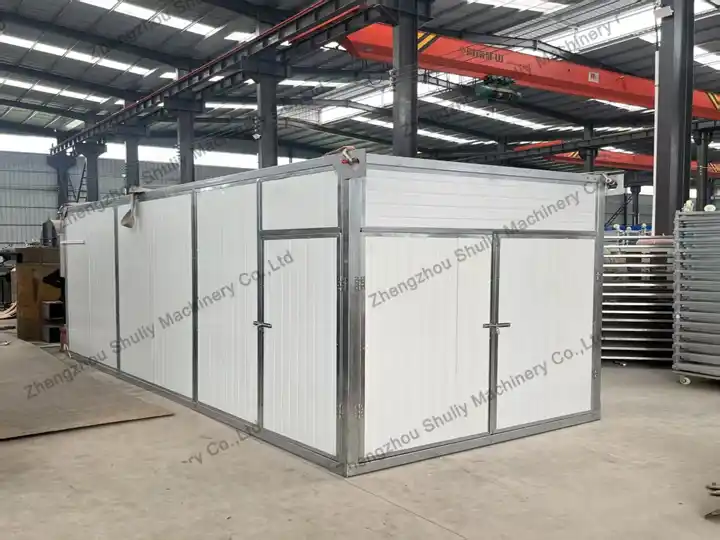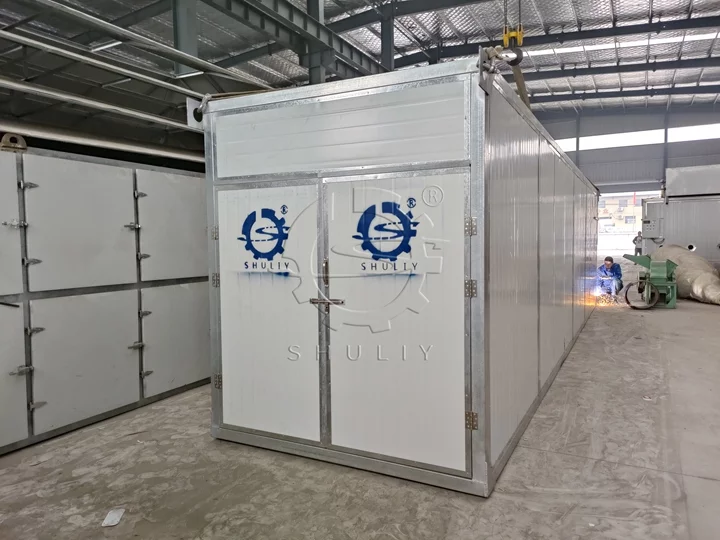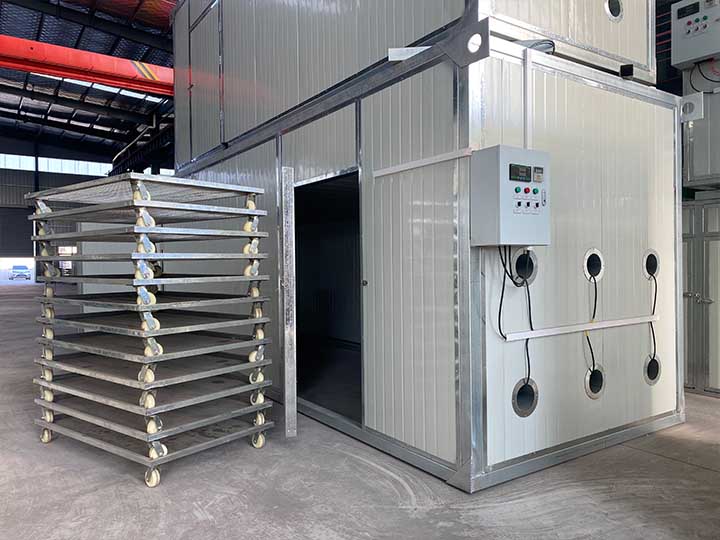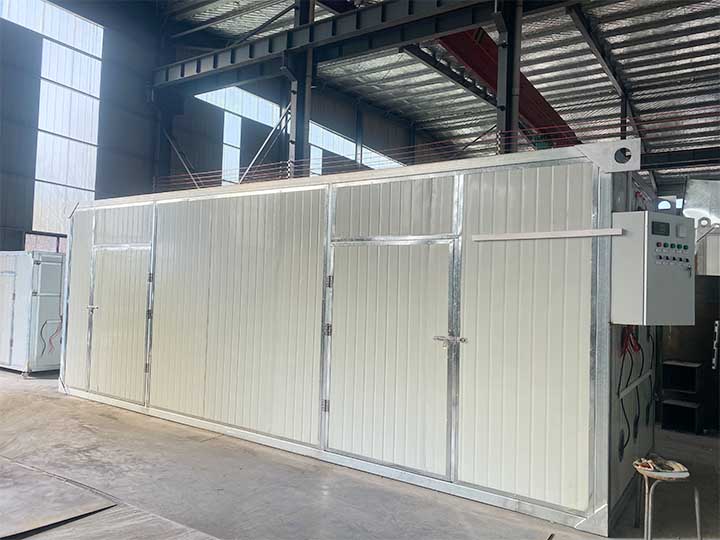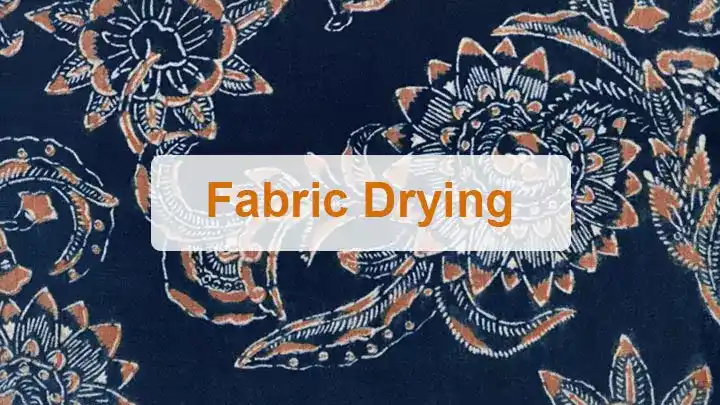
A fabric dryer machine is an industrial machine that quickly evaporates moisture from fabrics and dries them evenly using high-temperature, circulating hot air. Depending on the heat source, dryers can be air source heat pumps, electric heating, or sulfur-free coal hot air types. The core principle is double-sided hot air circulation with temperature and humidity control, ensuring fabrics dry evenly without damaging fibers or dyes.
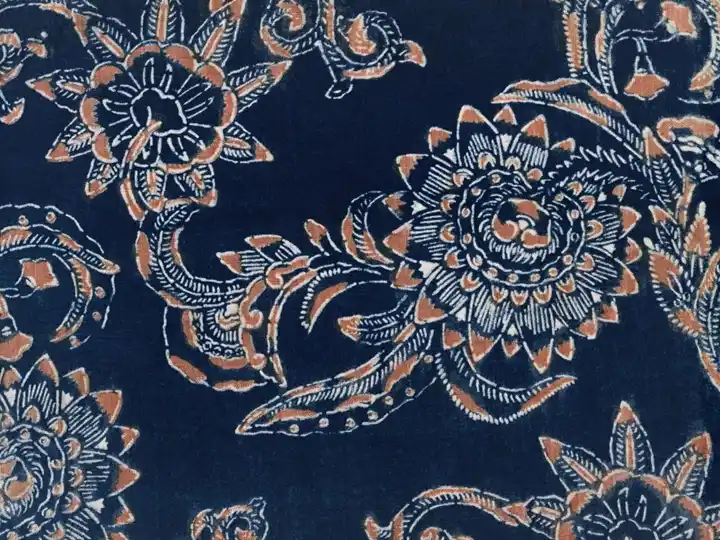

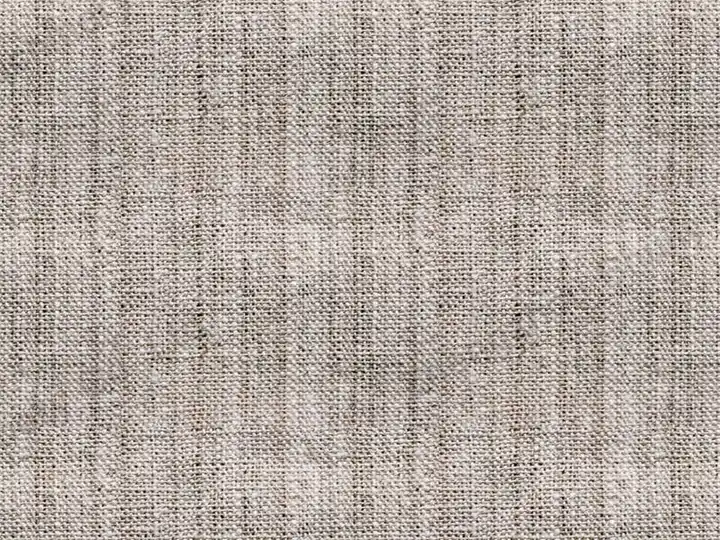
Fabric Dryer Machine இன் செயல்பாடு
சூடாக்கப்பட்ட காய்கறிகளை கடல் வரிசையில் பரப்பி வைக்கப்படுகின்றன, overlapping இல்லாமல் இருக்க வேண்டும், hot air சரியான முறையில் பரவி இருக்க வேண்டும். Heat source (air source heat pump, electric heating, அல்லது sulfur-free coal) воздух வெப்பத்தை உயர்த்தி fabric வகை மற்றும் dye அடிப்படையில் темпераменты மாற்றம் செய்யும், பொதுவாக 50–65 ℃ ஆக கட்டுப்படுத்தப்படுகிறது. A fan hot air ஐ சுற்றி fabric மேற்பரப்பில் உள்ள ஈரத்தை அகற்றி, exhaust system அத்தியாவசமானவையாக இருக்கின்றன, வாயு உளம் மூலம் உதிர் நீர் நீக்கப்படுவது олога செய்யும், சுடப்படுத்தும் திறனை போட்டுச்சுலாக்குகிறது.
The entire process is automatically monitored and adjusted by temperature and humidity sensors, preventing local over-drying or shrinkage, and achieving uniform, controllable drying.
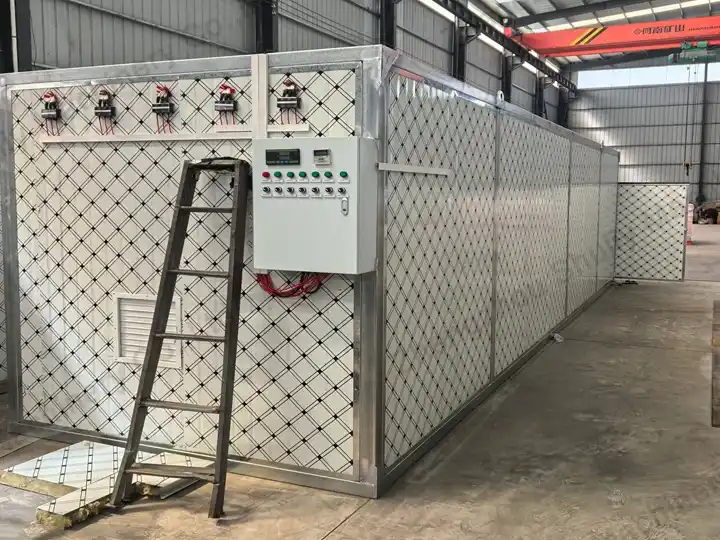
Working Process
- Place wet fabrics evenly on racks or hangers.
- சரியான heat source (air source heat pump / electric heating / sulfur-free coal) ஐ தேர்ந்து உலவம் அறை துவக்கவும்.
- சுடர்க்கோபம் 50–65 ℃ தானா திடமான காற்றை பரப்பிக், வதுவின் மேலெழுந்து fabric களில் செயல்பட காற்றை ரசிகைகளை இயக்கவும்.
- Automatically exhaust moisture to maintain drying efficiency and stable fabric color.
- After the first drying, check the fabric’s moisture; perform a second drying if necessary.
- Once drying is complete, remove fabrics from the drying room for finishing or rolling.
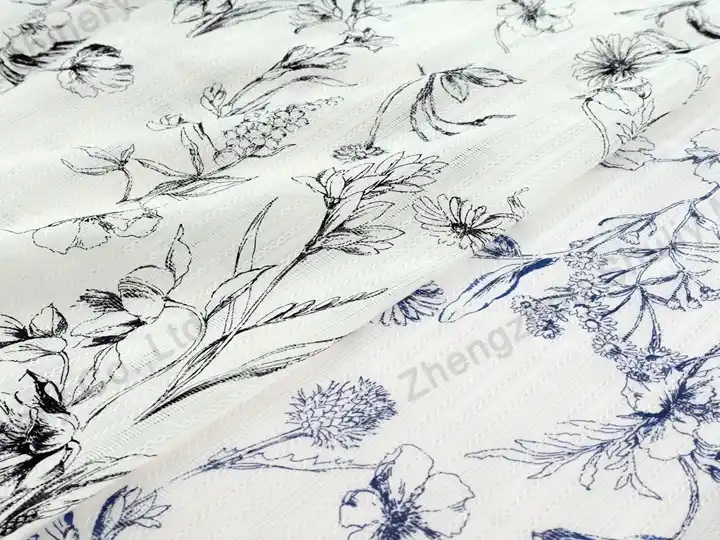
Fabric Drying Temperature and Relative Humidity Curve
This refers to a line chart showing how the temperature and relative humidity change during the fabric drying process.

Fabric Dryer க்கான எந்த மாதிரிகள் உள்ளன?
| மைலேர் மாடல் | அளவுகள்(mm) | உலர்வு குழுக்கள் | உலர்ந்த பொருளின் அளவு (எடை/kg) |
| SL-2 | 4000*1860*2500 | 2 | 300-600 |
| SL-4 | 6000*1860*2500 | 4 | 500-1000 |
| SL-6 | 7200*2300*2500 | 6 | 800-1500 |
| SL-8 | 8500*2300*2500 | 8 | 1000-2000 |
| SL-10 | 10000*2300*2500 | 10 | 1200-2500 |
| SL-12 | 8500*3300*2500 | 12 | 2500-4000 |
| SL-18 | 8500*5000*2500 | 18 | 4000-6500 |
| SL-24 | 12000*5000*2500 | 24 | 5000-8000 |
Advantages of a Fabric Dryer
- உயர் திறன் மற்றும் எரிசக்கரம் சேமிப்பு: மேம்பட்ட சூடான வாசனை பரிமாற்ற அமைப்பு மற்றும் விளக்கமான வெப்பம் உலர்வு நேரத்தை குறைக்கிறது. 1/4–1/6 வாத்திய இயற்கை காற்று உலர்வின் அடிப்படை குறுந்தொகை, எரிமானத்தை சேமிக்கிறது.
- சீரான உலர்வு: வான்குழாய்கள் விஞ்ஞானசம்மந்தமான வடிவமைப்பு மற்றும் பலபுள்ளி வெப்பநிலை மற்றும் ஈரப்பதம் கட்டுப்பாடு துணிக்கான வெப்பநிலை உள்ளது. 50–90 °C மண்தனத்தில் ஈரப்பதம் மற்றும் இரு 10–15%, சீரான உலர் உள் மற்றும் வெளியே உதைப்படுத்துகிறது.
- நிறம் மற்றும் திசுக்களை பாதுகாக்கிறது: வருணுக்கம் மற்றும் ஈரப்பதம் கட்டுப்பாடு படராமல் நிறைவு சேயாமல், குறைத்து அழும் மற்றும் ஸ்கின் சிக்கல், பருத்தி, பாலிஸ்டர், கலப்பு துணிகள் மற்றும் பியாவியல் மொத்தம் கண்ணியம்.
- விரிவான பொருந்துதன்மை: ஆதரவுகள் கூட்டம் அல்லது நடைபெற்ற உற்பத்தியை, single-batch திறன் உள்ளது 10–50 тон்கள், பல துணிச்சல் பருமன் மற்றும் பொருட்களுடன் பொருந்தும்.
- மேல்வழிசை தானாகம்: முடிவுறுத்தலில் கண்காணிப்புகளை உட்பட்டுச் சாத்தியமான, நேரம், வெப்பநிலை மற்றும் ஈரப்பதம் கண்காணிப்புகள் samt சேவை-கட்டுப்பாடுகள், கையின்திறனைப் பெருக்கும்.

Application Scenarios
Textile Factories
Drying raw or semi-finished fabrics such as cotton, linen, wool, and synthetic fibers.
Dyeing & Printing Factories
Rapid drying of dyed, printed, or finished fabrics.
Garment and Home Textile Factories
Drying large-area fabrics like grey cloth, finished garments, bedding, and curtains.
Industrial Fabric Processing
Drying medical fabrics, industrial filter fabrics, protective fabrics, etc.
How to Choose the Right Fabric Dryer Machine?
Select a model based on batch size
- Small batch production (300–1,000 kg per run): SL-2 or SL-4
- Medium batch production (800–2,500 kg per run): SL-6, SL-8, or SL-10
- Large batch production (2,500–8,000 kg per run): SL-12, SL-18, or SL-24
Consider the number of drying trays and drying efficiency
- More trays allow higher capacity, but require better hot air circulation and uniform drying.
- ตัวอย่าง: SL-2க்கு 2 trays மட்டுமே, சிறிய பட்டறைகளுக்கு பொருத்தமானது; SL-24க்கு 24 trays, பெரிய தொழிற்சாலைகளுக்கான தொடர்ந்த உற்பத்திக்கானது.
Choose a size according to the workshop space
- Small models (4,000–6,000 × 1,860 mm) take up less space, suitable for limited workshops.
- Large models (8,500–12,000 × 5,000 mm) are suitable for industrial production lines with ample space.
Select a heat source based on the fabric material and dye
- வானி ஆதாரம் கொண்ட வெப்பப் pumppool: எருச்சரி சேமிப்பு, துல்லியமான வெப்பநிலை கட்டுப்பாடு, பருத்தி, பாலிஸ்டர் மற்றும் கலவை துணிகளுக்கு வெளிப்படையான வெப்பநிலை மற்றும் ஈரப்பதம் தேவைகள் உள்ளடக்கியது.
- மின்னல் வெப்பம்: தயார் வெப்பம், எளிதாக அையல் செய்யப்படும், விரைவான உலர்வு அல்லது சிறிய தொகுதிகளுக்குச் சரியானது.
- சலோரம்-இல்லாத சிறுதுகுடு: பெரியது அளவிலான தொடர்ந்த உலர்வுக்கு பொருத்தமானது, குறைந்த எரிபொருள் செலவுடன், குறைந்த நிறமான மெட்டப்பொருட்களுக்குச் பொருந்தும்.
Pay attention to the temperature and humidity control system
- Automated temperature and humidity control ensures precise drying, preventing shrinkage, deformation, and dye fading—especially important for wet fabrics after dyeing.
- It is recommended to choose a system with real-time monitoring, timing adjustment, and alarm functions to improve fabric quality and production stability.

